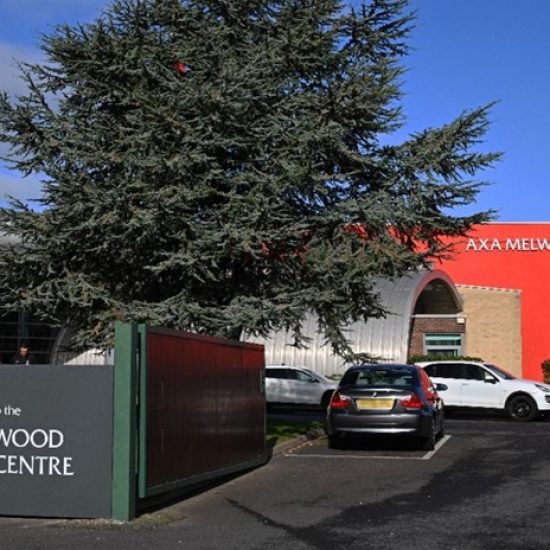Events are most effective with well-planned audio-visual (AV) elements. They become more engaging for the audience and more efficient in conveying messages that help you achieve your goals for the gathering.
To put that into context, imagine yourself in the following situation:
You attend a gathering where the speaker talks to you about what the event is all about. He discusses the benefits you can get from the gathering and goes on to explain further with an extensive narrative.
That’s it. No visual aids or other elements you could interact with.
Sounds boring, right? This shows that setting up an audio-visual system is vital for the success of an event.
However, it goes beyond just plugging in some speakers, screens, and video cameras. You must also ensure that the setup is designed to support your event in the most effective way possible.
To help you with this, here are the top five tips to keep in mind when planning your event’s audio-visual setup:
1. Develop a vision for your event.
Everything starts with a concept or idea. Gatherings are no different.
Before you begin looking for vendors who can provide excellent video, music and sound design for events, you must have a clear vision of the feel and tone you want to achieve for the gathering.
For this, you need a storyboard (like the ones used by movie directors) depicting how the event should look and feel. This tool can help you discuss the overall theme with your team and AV vendors in greater detail.
Of course, your plans won’t be set in stone during this part of the pre-production stage. During your discussions with the team, there might be a few changes you need to make to boost event success.
Also, try not to get fixated on what you’ve tried in past events. Think outside the box. A good AV company should be able to cater to creative ideas and offer practical suggestions to make them a reality.
2. Learn the importance of sound.
The sound system for your program should match the content you plan to deliver.
It must also complement the size of the venue, providing adequate coverage throughout the space. This will help all attendees clearly hear the music, speech, or whatever is being played on stage.
For example, if you’re planning to use cinematic sound effects or high-energy music, make sure the sound system can replicate the sound at full range for your chosen venue. This means using at least two subwoofers in your setup to get maximum impact from bass lines and other low-end effects.
3. Plan for video recording.
Next, you must plan your AV system around video recording. To do this, you must identify your reason for documenting the event.
Do you intend to live-stream the gathering? Or perhaps, you’re looking to collect marketing materials for future events?
Whatever your purpose, take it into account when deciding on the format and equipment you need from your audio-visual setup provider.
Below are other elements you must think about:
- Lighting techniques
- Audio quality
- Camera setup and video recording run-through
- Presentation displays
If you plan to hire a professional presenter, talk to them in advance to coordinate their attire for the event. This way, you can match it to your theme, the flow of the program, and the video recording setup.
4. Create an A/V equipment checklist.
Once you have a vision, you understand the importance of sound, and you know your purpose for video recording, you can already list down the equipment you’ll need for the event.
Here are a few things you may need, factoring in considerations based on your event specifications:
- Microphones: How many should you get? What type do you need (e.g., wired or wireless; table, floor stands, or lavaliere)?
- In-house lighting: Do they need to be adjustable? Do you need supplemental lighting?
- In-house sound system: Is it enough, or do you need additional speakers?
- Mixer boards: How many and what capabilities do they need to have?
- Electrical supply: Is the venue supply sufficient, or do you need a backup?
- Video cameras: How many and what types do you need?
- Computers: Do you need a desktop or laptop? How many?
- Podium: How many do you need? Should they have built-in microphones or not?
- Two-way radios: Do you need reception in all areas, or can you do without them in some sections?
- Projectors: Are they built-in or special order?
- Screens: How many? What size and types do you need?
5. Check the venue’s AV capabilities.
When it’s finally time to visit an event venue, make sure you take the opportunity to determine how well it can provide your audio-visual needs. This is important because it helps you decide if you need to hire a third-party AV provider.
Among the things you need to check are:
- Actual room dimensions and whether they are suitable for the AV setup you need.
- Obstructions that could interfere with your planned setup.
- Potential AV positioning concerning traffic flow.
- Adjustable in-house lighting and whether they work properly.
- High-speed internet capabilities, if applicable (i.e., for live streaming).
- Satellite capabilities.
- In-house policy security and 24-hour holding of space for the AV equipment.
Make Your Event a Success
Audio and visual elements contribute significantly to the success of an event. Follow these tips on careful audio-visual setup planning to improve your chances of achieving your event goals.
Also published on Medium.







